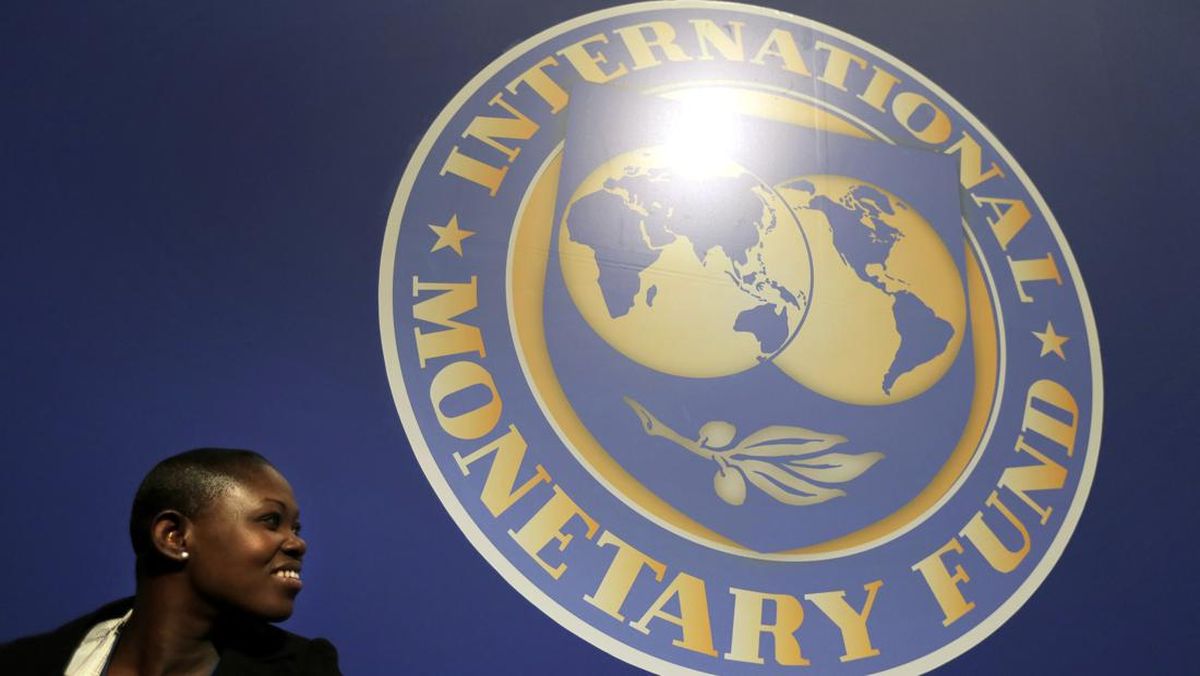As 2025 unfolds, the global economic landscape is looking increasingly fragile. From rising interest rates to geopolitical tensions and ongoing inflationary pressures, the world is facing a new wave of uncertainty. The International Monetary Fund (IMF) has revealed a striking figure—48 countries are currently under its financial assistance programs, highlighting just how widespread economic distress has become.
This growing list signals more than just temporary financial turbulence. It reflects deeper, structural vulnerabilities that could affect global stability for years to come.
The Numbers: What the IMF Is Saying
According to the latest data, 48 nations—spanning Africa, Asia, Latin America, and Eastern Europe—are receiving aid or are under active financial programs from the IMF. This includes emergency lending, extended fund facility (EFF) arrangements, and precautionary standby programs.
This is one of the highest numbers recorded in recent years, indicating that the ripple effects of global economic shocks are hitting developing and emerging economies the hardest.
What’s Driving This Surge in IMF Support?
Several key factors are behind this surge in IMF support:
- Soaring Debt Levels: Many countries accumulated massive debt during the COVID-19 pandemic to keep their economies afloat. Now, with higher global interest rates, debt servicing has become more expensive and unsustainable for many.
- Weak Currency and Capital Outflows: A stronger U.S. dollar has led to capital flight from emerging markets, weakening local currencies and making imports more costly.
- Food and Energy Crisis: The ongoing geopolitical tensions—especially the war in Ukraine—have disrupted global supply chains, pushing up food and fuel prices and creating additional fiscal burdens.
- Climate Shocks: Many low-income countries have also suffered from climate-related disasters, adding pressure to already fragile economies.
Regional Impact: Who’s Hurting the Most?
Sub-Saharan Africa has seen the highest number of countries seeking IMF assistance, followed by parts of South Asia and Latin America. Nations like Ghana, Pakistan, Egypt, and Sri Lanka are among the most visible examples, facing economic meltdowns, political unrest, or both.
In many cases, these countries have been forced to implement painful austerity measures, such as subsidy cuts and tax increases, as part of IMF program requirements—sparking public protests and social tensions.
Global Implications: Why It Matters to Everyone
This crisis isn’t isolated. When nearly 25% of the world’s countries are in financial distress, it affects global trade, supply chains, investment flows, and even geopolitical dynamics.
Moreover, global financial institutions are under increasing strain to provide support without compromising their own balance sheets. This raises questions about the long-term sustainability of aid models and the need for new frameworks to handle global economic shocks.
Conclusion: Time for Collective Action
The fact that 48 countries now depend on IMF assistance is a wake-up call. It underscores the urgent need for debt restructuring, fairer trade policies, and more inclusive financial systems.
In an interconnected world, the downfall of one economy can ripple across continents. Now more than ever, global cooperation and smarter policymaking are essential—not just for recovery, but for resilience.








